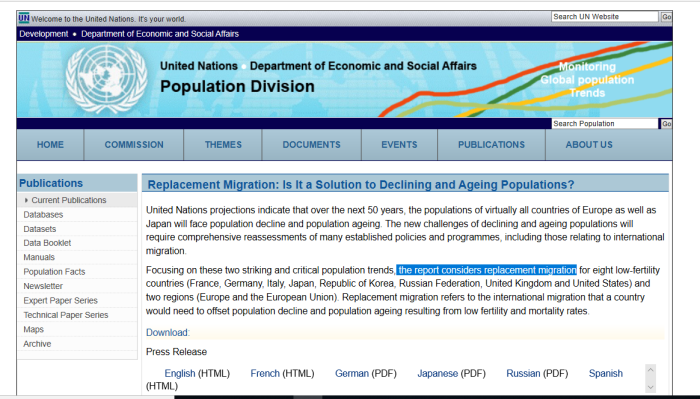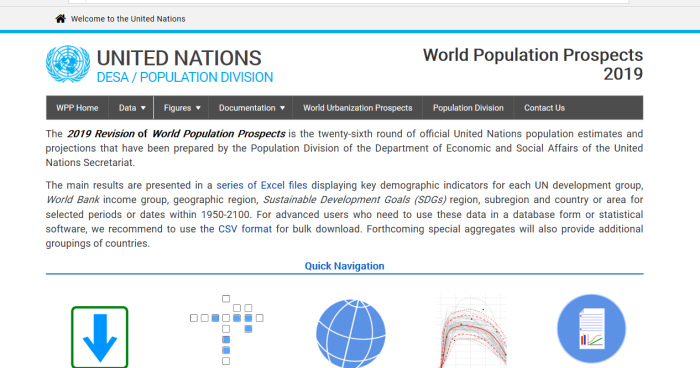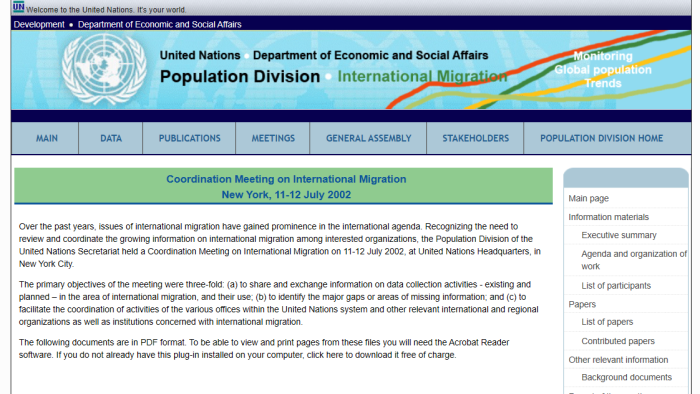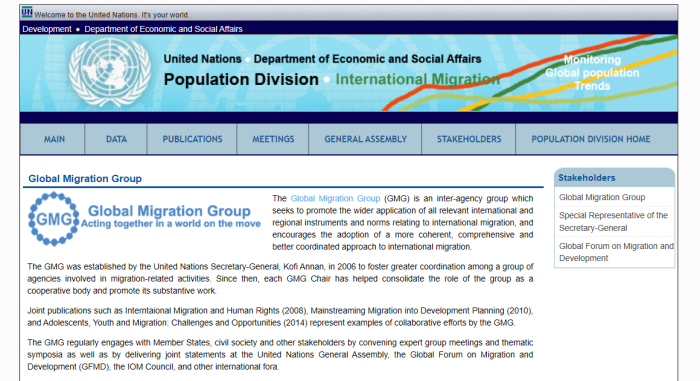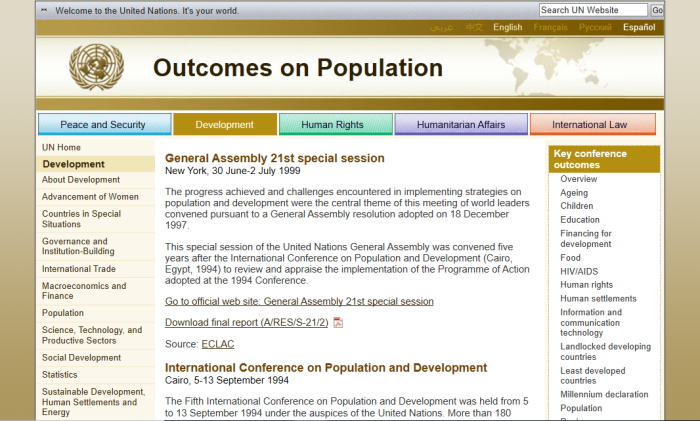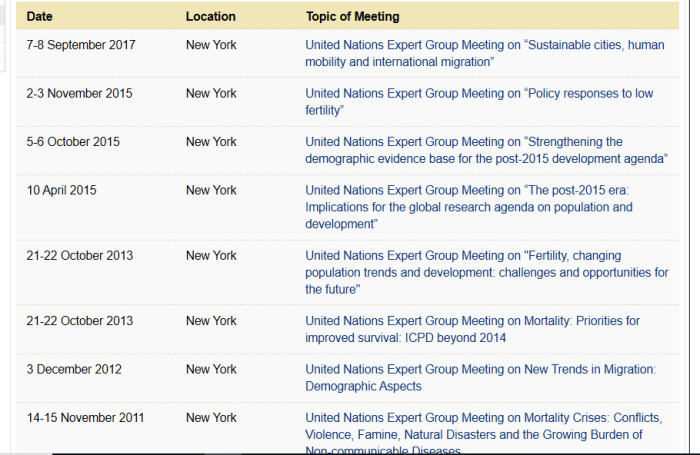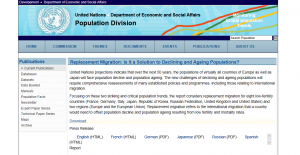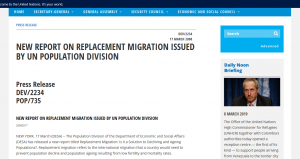
More recent payouts from the Digital Citizen Contribution Program are now available on the Government of Canada website. These are subsidies to promote certain viewpoints and ideologies deemed to be favourable.
Of course, the Digital Democracy Project and the Media Literacy Week are still ongoing. The D.D.P is expected to cost $2.5-million over four years, while the M.L.W. another $225,000 over three years,
As an aside, UNESCO seems to have taken note of Canada’s Digital Citizen Initiative, and dedicated a page to covering it. That’s interesting.
The listings for latest grants include:
| NAME | YEAR | AMOUNT |
|---|---|---|
| Alex Wilner and Casey Babb | Aug. 10, 2020 | $9,900.00 |
| Alperin, Juan P. | Apr. 1, 2020 | $20,000.00 |
| Apathy Is Boring Project | Apr 1, 2022 | $50,000.00 |
| Asian Environmental Association – HUA Foundation | Apr. 1, 2020 | $64,660.00 |
| BILAL Community & Family Centre | Aug. 15, 2020 | $40,000.00 |
| Calgary Animated Objects Society | Aug. 1, 2020 | $40,000.00 |
| Centre for Democracy and Development | Oct. 22, 2018 | $49,420.00 |
| The Centre For Israel And Jewish Affairs | Sep. 1, 2020 | $38,000.00 |
| Côté, Catherine | Mar. 22, 2020 | $8,000.00 |
| Chun, Wendy H.K. | Apr. 1, 2020 | $20,000.00 |
| CIVIX | Nov. 15, 2018 | $23,000.00 |
| CIVIX | Apr 1, 2022 | $1,000,000.00 |
| Colasante, Tyler | Jan. 1, 2020 | $10,000.00 |
| Concordia University | Oct. 1, 2020 | $39,270.00 |
| Concordia University | Aug 1, 2021 | $90,536.00 |
| Concordia University | Apr 30, 2022 | $50,000.00 |
| Conflict And Resilience Research Institute | Apr 1, 2022 | $47,500.00 |
| Daveed Gartenstein-Ross, David Jones | Dec. 17, 2019 | $49,916.00 |
| David Morin, Marie-Ève Carignan | Dec. 4, 2020 | $44,838.00 |
| Digital Public Square | Mar. 1, 2020 | $679,176.00 |
| Digital Public Square | May 1, 2022 | $999,970.00 |
| Disinfowatch | Apr 4, 2022 | $49,800.00 |
| Evans, Jennifer V. | Apr. 1, 2020 | $20,000.00 |
| Evidence For Democracy | May 1, 2022 | $47,500.00 |
| Fleerackers, Alice L. | Jan. 1, 2020 | $10,000.00 |
| Gingras, Marie-Pier | Jan. 1, 2020 | $10,000.00 |
| Grisdale, Sean E. | Jan. 1, 2020 | $10,000.00 |
| Historica Canada | Jun 1, 2022 | $50,000.00 |
| Hodson, Jaigris N. | Apr. 1, 2020 | $20,000.00 |
| Indigenous Culture And Media Innovations | Aug 1, 2021 | $100,000.00 |
| Institute For Canadian Citizenship | Mar. 24, 2020 | $490,880.00 |
| Institute For Democracy, Media & Culture | Jul. 27, 2020 | $35,750.00 |
| Institute On Governance | Oct. 1, 2020 | $100,000.00 |
| International Republican Institute | Mar. 15, 2019 | $2,973,531.00 |
| Internews Network | Mar. 19, 2020 | $3,172,323.00 |
| Institut Canadien De Recherche Sur Les Minorités Linguistiques | Aug 2, 2021 | $100,000.00 |
| IRIS Communications | Oct. 1, 2020 | $99,500.00 |
| JHR – Journalists for Human Rights | Jun. 1, 2019 | $250,691.00 |
| JHR – Journalists for Human Rights | Jul. 14, 2020 | $1,479,856.00 |
| Ketchum, Alexandra D. | Mar. 22, 2020 | $23,455.00 |
| Kingdom Acts Foundation | Sep. 1, 2020 | $70,500.00 |
| Lavigne, Mathieu | Jan. 1, 2020 | $10,000.00 |
| Lennox, Rebecca | Jan. 1, 2020 | $10,000.00 |
| Les 3 Sex/The 3 Sex | Aug 30, 2021 | $100,000.00 |
| Macewan University | Nov. 1, 2020 | $69,000.00 |
| Mack, Amy C. | Jan. 1, 2020 | $10,000.00 |
| Magazines Canada | May 15, 2019 | $63,000.00 |
| Manchester Metropolitan University | Feb. 1, 2020 | $214,837.00 |
| Matthews, Kyle | Apr. 20, 2020 | $33,377.00 |
| McLevey, John V.P. | Apr. 1, 2020 | $20,000.00 |
| Mediasmarts | Apr 1, 2022 | $50,000.00 |
| Moisse, Katie | Mar. 22, 2020 | $13,417.00 |
| Nathalie Furrer | Aug. 10, 2020 | $10,000.00 |
| Nelson, Kim A. | Mar. 22, 2020 | $24,498.00 |
| Neubauer, Robert J. | Jan. 1, 2020 | $10,000.00 |
| Org. For Economic Co-Operation/Development | Oct 15, 2021 | $40,000.00 |
| PeaceGeeks Society | Nov. 11, 2015 | $46,200.00 |
| Pennycook, Gordon R. | Apr. 1, 2020 | $20,000.00 |
| QuantSpark Foundation | Feb. 26, 2020 | $1,155,622.00 |
| Royal Institution For The Advancement Of Learning | Jul 1, 2022 | $50,000.00 |
| Rupantar | Oct. 28, 2018 | $24,996.00 |
| Ruslan Stefanov, Director, | Jul. 3, 2018 | $15,000.00 |
| Ryerson University | Apr. 1, 2019 | $290,250.00 |
| Ryerson University | Jan. 1, 2020 | $225,300.00 |
| Ryerson University | Sep. 18, 2020 | $97,407.00 |
| Ryerson University | May 1, 2022 | $50,000.00 |
| Science North | Sep. 1, 2020 | $40,000.00 |
| Simon Fraser University | Jan. 19, 2019 | $28,750.00 |
| Simon Fraser University – Int’l Cybercrime Research | Oct. 1, 2020 | $96,600.00 |
| Taylor, Emily | Jan. 1, 2020 | $33,250.00 |
| Trybun | Jan. 21, 2019 | $7,114.00 |
| Universite De Montreal Faculte Des Sciences | Sep 1, 2021 | $92,000.00 |
| University Of Alberta | Jul 1, 2021 | $99,948.00 |
| University Of Toronto | Sep 1, 2021 | $58,728.00 |
| University Of Waterloo | Jul 2, 2021 | $100,000.00 |
| Young, Hilary A.N. | Apr. 1, 2020 | $20,000.00 |
| York University | Nov. 1, 2020 | $99,956.00 |
Note: since this list was originally used, it seems a few of the names have been reclassified (as to whether they are part of the DCCP). Nonetheless, these are all still projects that were funded by public tax dollars. Now, what areas are being funded?
(a) First research projects call for proposals (closed November 1, 2019)
This call for proposals sought projects that met at least 1 of the following priorities:
-research projects, where activities have a positive domestic impact on Canada or Canadians, and include primary research, such as surveys, interviews, field experiments, or lab-based experiments, as well as secondary research such as literature reviews and meta-analyses; production and analysis of datasets; and creation of tools such as software programs to support research
-evaluation projects, where activities will seek to evaluate the impact of existing Canadian or international programming and research addressing disinformation and other online harms
(b) Second research projects call for proposals (closed on September 18, 2020)
This call for proposals sought projects that met at least 1 of the following priorities, with a maximum funding ask of $100,000/project:
-projects that aim to map/predict the next issues and/or types of online disinformation and other related harms that Canada and/or Canadians might face, how they could be tackled, and by whom
-projects that aim to help better understand the impact of disinformation and related harms on diverse and marginalized communities in Canada, with a gender-based analysis lens
-projects that aim to understand the societal factors and psychological characteristics that motivate individuals to take up the call for online and offline disinformation related activities
-projects that aim to understand the impacts of a lack of exposure to diverse content online, including understanding how users access reliable news and information in Canada, as well as the impacts of algorithmic systems on the content users are exposed to and consume on online platforms
(c) Third research projects call for proposals (closed on May 28, 2021)
This call for proposals sought projects that met at least 1 of the following priorities, and under this call, successful recipients received funding up to $100,000:
-projects that aims to understand the role of algorithms, artificial intelligence, and other system-level factors on mainstream and fringe online platforms as they pertain to the spread, uptake, and impacts of disinformation and related harms, including on user behaviour and content consumption, and their potential uses towards a diverse and healthy information ecosystem;
-projects that aims to understand the domestic and transnational spread, evolution, and impacts of online disinformation and related harms through and on diaspora, Indigenous, and non-English primary language communities in Canada using a GBA+ lens, including impacts on societal outcomes; or
-projects that aims to evaluate existing Canadian or international research and programming related to online disinformation and their effectiveness in furthering positive societal outcomes, such as citizen resilience, social inclusion, media literacy, and participation and trust in democratic processes.
(d) Special COVID-19 calls (closed July 31, 2020)
The Digital Citizen Contribution launched 2 special COVID-19 calls for proposals. The first call provided up to $3.5 million in funding to amplify the efforts of 10 organizations supporting citizens to think critically about the health information they find online, to identify mis- and disinformation, and limit the impact of racist and/or misleading social media posts relating to the COVID-19 pandemic.
The second call also aimed to amplify the efforts of organizations supporting citizens to think critically about the health information they find online, to identify mis- and disinformation, and limit the impact of racist and/or misleading social media posts relating to the COVID-19 pandemic. This call provided time-limited financial assistance to 24 projects of up to $40,000 per project.
(e) Special Ukraine Crisis Call (closed on April 1, 2022)
In the light of Russia’s invasion of Ukraine, this special call is aimed to address the growing spread of harmful misinformation and disinformation. The special targeted call was launched to fund initiatives that help people identify misinformation and disinformation online.
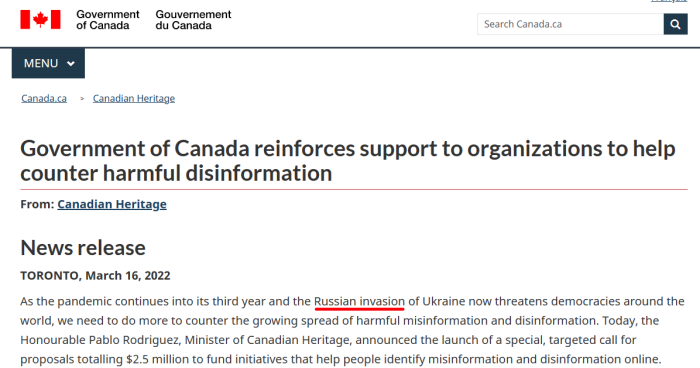
As the pandemic continues into its third year and the Russian invasion of Ukraine now threatens democracies around the world, we need to do more to counter the growing spread of harmful misinformation and disinformation. Today, the Honourable Pablo Rodriguez, Minister of Canadian Heritage, announced the launch of a special, targeted call for proposals totalling $2.5 million to fund initiatives that help people identify misinformation and disinformation online.
Through the Government’s Digital Citizen Initiative (DCI), Canadians can respond and help in the global efforts to counter misinformation and disinformation. The DCI supports democracy and social cohesion in Canada by building citizen resilience against misinformation and disinformation, and building partnerships to support a healthy digital information society.
Of course, there’s no mention that the authorities themselves routinely engage in misinformation and outright deception.
Not only are mainstream outlets controlled and funded by Government, but these grants make it difficult to trust anyone. Even independents may be suspect if they are dependent on money from interested parties.
(1) https://search.open.canada.ca/grants/
(2) https://search.open.canada.ca/grants/?sort=agreement_start_date+desc&page=2&search_text=%22digital+citizen+contribution+program%22
(3) https://www.canada.ca/en/canadian-heritage/news/2022/03/government-of-canada-reinforces-support-to-organizations-to-help-counter-harmful-disinformation.html
(4) https://ppforum.ca/articles/digital-democracy-project-to-examine-online-disinformation/
(5) https://mediasmarts.ca/media-literacy-week
(6) https://en.unesco.org/creativity/policy-monitoring-platform/digital-citizen-initiative
(7) https://canucklaw.ca/digital-citizen-contribution-program/
(8) https://canucklaw.ca/digital-citizen-contribution-program-next-round-of-grants/
(9) https://canucklaw.ca/digital-citizen-contribution-program-the-paris-call/

